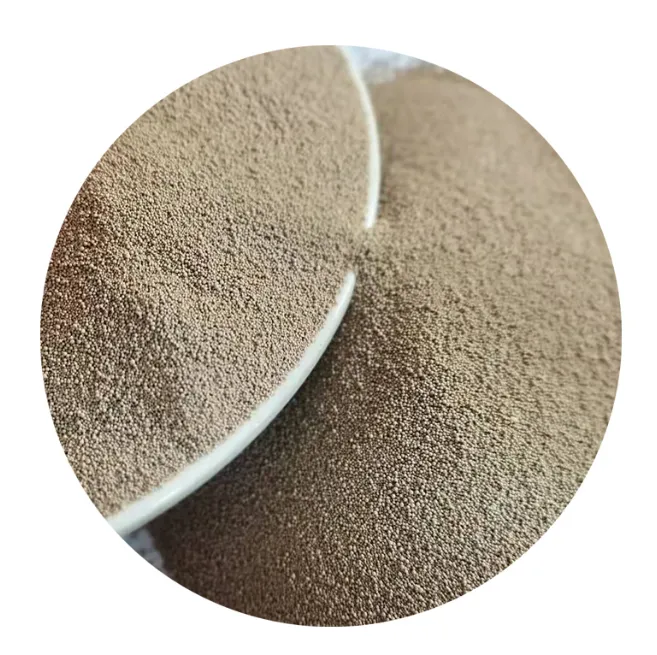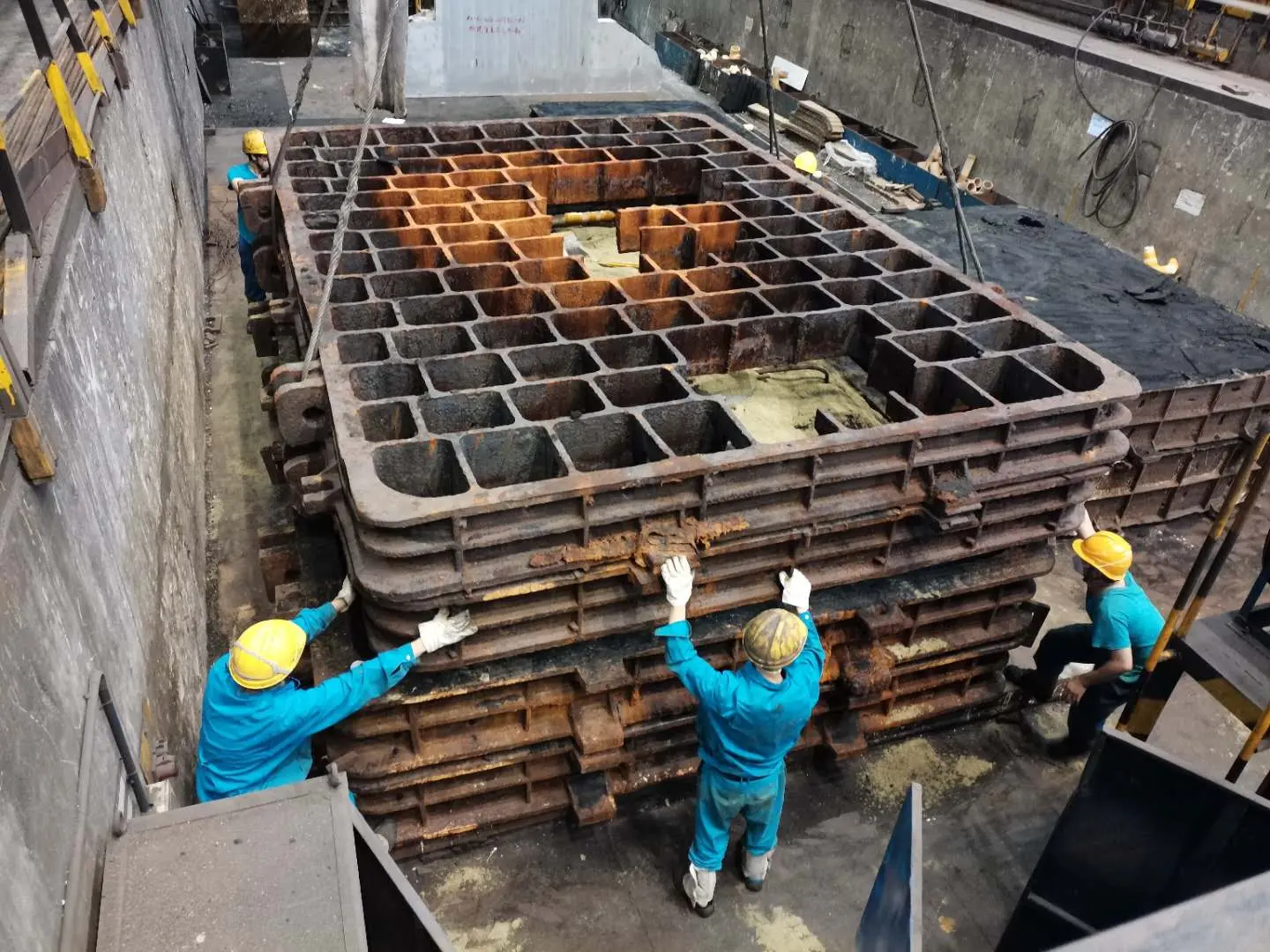- Introduction to Sand Casting Fundamentals
- Material Compatibility Analysis
- Technical Advantages Over Alternatives
- Manufacturer Capability Comparison
- Customization Parameters & Solutions
- Industry Application Scenarios
- Sustainable Future of Sand Casting

(sand casting metal process)
Understanding the Sand Casting Metal Process
The sand casting metal process
remains the dominant manufacturing method for producing complex metal components, accounting for 61% of all metal casting production globally. This foundry technique utilizes bonded sand molds to create near-net-shape parts ranging from 0.5kg to 300 tons. Key process stages include:
- Pattern design (dimensional allowance: ±1.5-3%)
- Mold preparation (85-95% silica sand + binder)
- Metal pouring (1300-1600°C depending on alloy)
- Solidification control (cooling rates: 0.5-5°C/s)
Material Compatibility Analysis
Modern sand casting accommodates diverse metallic alloys:
| Material | Pour Temp (°C) | Surface Finish (Ra μm) | Casting Yield |
|---|---|---|---|
| Gray Iron | 1370-1420 | 12.5-25 | 68-72% |
| Aluminum 356 | 710-760 | 3.2-6.3 | 82-85% |
| Stainless 316 | 1600-1650 | 6.3-12.5 | 63-67% |
Technical Advantages Over Alternatives
Compared to die casting (initial tooling: $25k-$75k) and investment casting (lead time: 8-12 weeks), sand casting offers:
- Lower tooling costs ($3k-$15k)
- Faster prototyping (2-3 weeks)
- Larger part capacity (up to 100m³ molds)
- Superior alloy flexibility (handles 90%+ commercial alloys)
Manufacturer Capability Comparison
| Vendor | Max Weight | Tolerance (mm/mm) | Annual Capacity |
|---|---|---|---|
| Foundry A | 1500kg | ±0.5% | 12,000 tons |
| Foundry B | 800kg | ±0.35% | 8,500 tons |
| Foundry C | 5000kg | ±0.75% | 25,000 tons |
Customization Parameters & Solutions
Advanced foundries now implement:
- Automated mold lines (cycle time reduction: 40-60%)
- Real-time thermal monitoring (±2°C accuracy)
- 3D sand printing (feature resolution: 0.8mm)
- Alloy modification services (hardness range: 120-400 HB)
Industry Application Scenarios
Recent successful implementations include:
- Automotive: Engine blocks (dimensional accuracy: CT10-CT12)
- Construction: Crane components (load capacity: 25-800 tons)
- Energy: Turbine housings (pressure rating: 150-600 bar)
Sustainable Future of Metal Sand Casting
The sand casting metal process continues evolving with:
- Binder innovations (organic emissions reduced by 78%)
- Sand reclamation systems (92-97% reuse rate)
- Energy recovery installations (35-40% consumption reduction)
- Digital twin integration (defect prediction accuracy: 89-94%)

(sand casting metal process)
FAQS on sand casting metal process
Q: What is the sand casting metal process?
A: Sand casting is a metalworking process where molten metal is poured into a sand mold cavity. The mold is made from a mixture of sand, clay, and water, which hardens to form the desired shape. After cooling, the solidified metal part is removed.
Q: What metals are commonly used in the metal sand casting process?
A: Common metals include aluminum, iron, bronze, brass, and steel. These materials are chosen for their fluidity when molten and adaptability to sand molds. Casting suitability depends on melting point and shrinkage properties.
Q: How does the sand casting process prevent defects in metal parts?
A: Proper mold compaction and venting minimize air pockets, reducing porosity. Controlled cooling rates prevent cracks or warping. Using high-quality sand binders also ensures mold stability during pouring.
Q: What are the main steps in the sand casting metal process?
A: Key steps include creating a pattern, molding sand around it, removing the pattern, pouring molten metal, cooling, and breaking the mold. Post-processing like grinding or machining may follow for finishing.
Q: Why choose sand casting over other metal casting methods?
A: Sand casting is cost-effective for low to medium production volumes. It accommodates large or complex part designs and diverse metal types. Minimal tooling costs make it ideal for prototypes and custom parts.
Next:How to Sand 3D Prints Smoothly Expert Tips & Tricks
